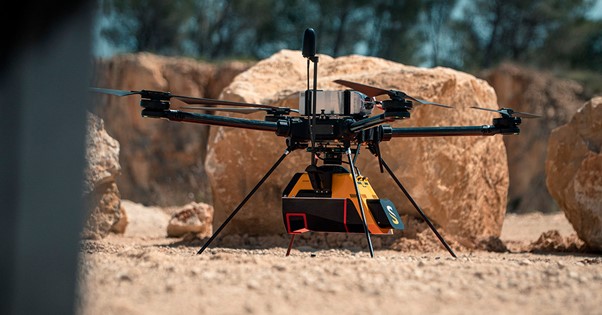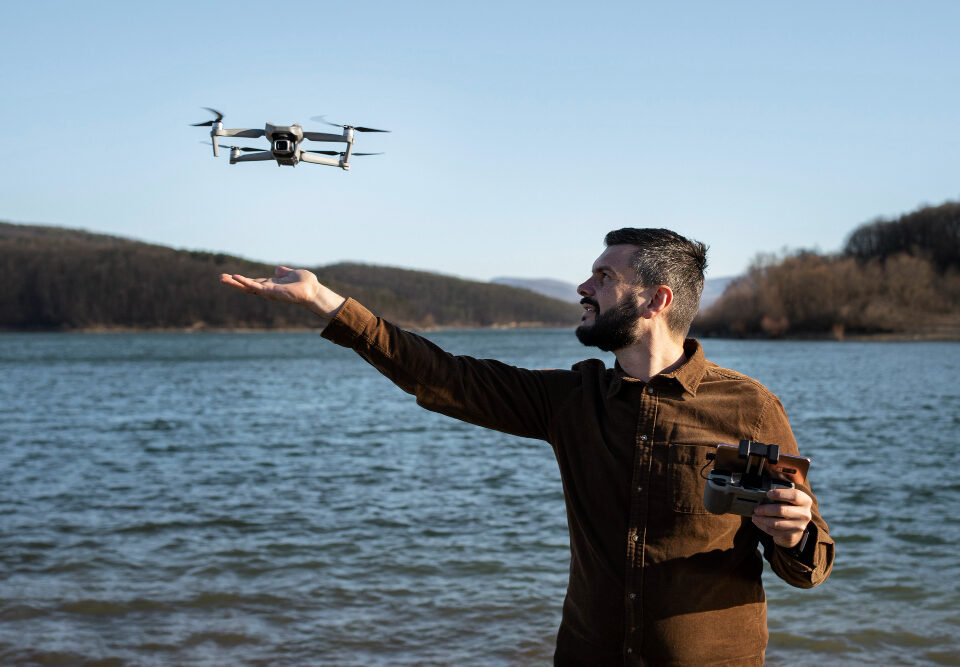A Complete Guide On How To Pursue A Career In Drone Industry
A Complete Guide On How To Pursue A Career In Drone Industry
My name is Greg Davis, and I founded the Drone school, The Canadian Drone Institute, in 2015. With 45 years of experience in the aviation field as an airline transport pilot and a Transport Canada commercial ground school instructor, I bring a wealth of knowledge to our courses. I have been in the fixed-wing space for most of my career, but in 2015 I transitioned to teaching the Canadian Basic and Advanced Drone licenses. We added the Drone SFOC course about one year ago, further expanding our offerings.
I am writing this Drone blog because I want to ensure that you take away a complete understanding of the Drone Basic and the Drone Advanced opportunities that are available now and, most importantly, where your future career path should be headed. I predict that your Drone software knowledge will be more important than your ability to fly the Drones of the future. The future of Drone piloting is not just about flying, but about understanding and leveraging the power of software.
What Are The Different Options For Drone Pilots?
I will break this up into three specific areas: the Corporate and Private drone career paths and the software associated with your Drone career. The drone industry offers a wide range of career paths, from corporate to private, and some of you may even want to take the entrepreneurial Drone path, as I did in 2015. The beauty of this industry is that the choice is yours, and I’m here to guide you through it, empowering you to shape your future in this exciting and rapidly evolving field. Today, Drones are equipped with GPS; some also have GNSS, a Russian version of our GPS satellite tracking systems. This allows the pilot to program what are called waypoints into the Drone’s software, thus allowing the Drone to fly within cm of accuracy that could not be achieved by flying the Drone in manual mode.
In the simplest terms, the pilot in command would use a function called tap to fly, and the Drone would ascend to the assigned altitude, fly all preprogrammed waypoints, and return home when the mission is completed. The Pilot in Command would become a bystander for safety reasons while the Drone robotically flies a perfect mission. My point is that to be eligible and attractive to a future employer, one must have a solid understanding of software systems, such as Lidar, Thermal, Photogrammetry, FLIR, etc. In the rapidly evolving drone industry, software knowledge is not just a bonus; it’s a necessity. It’s the key to unlocking the full potential of this industry and your career within it. Also, if you follow the entrepreneurial path, understanding the most used Drone software will help you land the higher-paying Drone contracts. Here is a list of options to choose from as a drone pilot:
Corporate Career Path
A Drone pilot with an excellent educational background is the most sought-after pilot for employment. Degrees in Engineering, Surveying, Cinematography, Project Management, etc., are among the top educational positions for employment flying Drones. An Advanced Drone license is a necessity. The Drone Advanced license allows you to fly in all categories of Canadian airspace with the necessary permission from NavCanada to fly your Drone. Employers generally only consider pilots with an Advanced license.
Private Career Path (entrepreneurs)
Before July 01, 2019, Transport Canada had two classes of Drone licenses: Commercial and Recreational. After July 01, 2019, this was changed to Basic and Advanced Drone certificates. If you fly your Drone in rural areas, you may only need your Basic license. If your customers are doing work in urban areas, you will most likely need your Advanced Drone certificate. There are no longer any restrictions for commercial Drone work with only a Basic Drone certificate. Customers like to use a Pilot with an Advanced Drone certificate as it shows more commitment to their career as a drone pilot.
Drone Software
Explore the different Drone software programs used in Advanced and Basic operations. An excellent place to understand the applications of Drone software in agriculture is the website pix4d.com. Google Drone Software and you will find many companies that will train you for your future operations. Each industry segment, such as Search & Rescue, Construction, Mining, Agriculture, etc., will use specific software programs for their Drone operations. Explore your options and then enroll in areas you are interested in pursuing.




